The Extinction of Dinosaurs Led to the Emergence of This Cherished Fruit
The extinction of dinosaurs, a pivotal event in Earth’s history, played a crucial role in the emergence of a fruit that is cherished today as much as it was thousands of years ago.
A new study published by scientists suggests the disappearance of enormous reptiles allowed ecosystems and trees to evolve, leading to a golden era for plants which resulted in the emergence of this beloved fruit.
Dinosaurs Roam the Earth
For millions of years dinosaurs roamed the plains and valleys of planet Earth, having first appeared during the Triassic Period, roughly 250 million years ago.
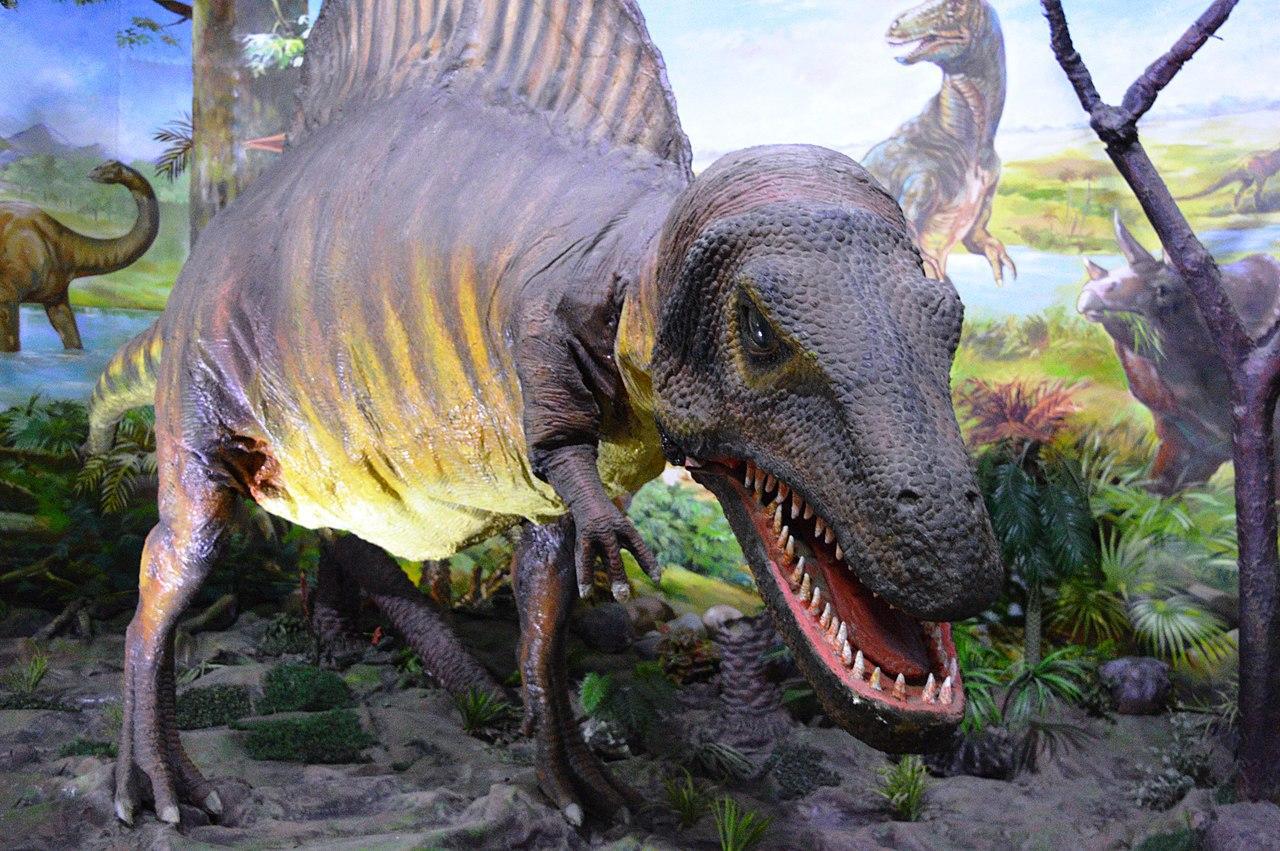
Source: Wikimedia
These intriguing reptiles evolved into a highly diverse animal group, ranging from apex predators like the Tyrannosaurus rex to enormous herbivores such as the Argentinosaurus.
The Extinction of the Dinosaurs
Despite their long reign at the top of the food chain, the dinosaurs would eventually meet their end in a cataclysmic event brought on by an asteroid impact around 66 million years ago.

Source: Wikimedia
While it’s fascinating to ponder what life would have been like had humans been forced to live alongside many of the terrifying predators, their demise allowed other species on Earth to thrive, including mammals and the group from which our genetic ancestors emerged.
Humanities Favorite Fruit Emerges in Latin America
A new study published by researchers suggests the extinction of dinosaurs led to the emergence of one of humanity’s favorite fruits, the common grape.
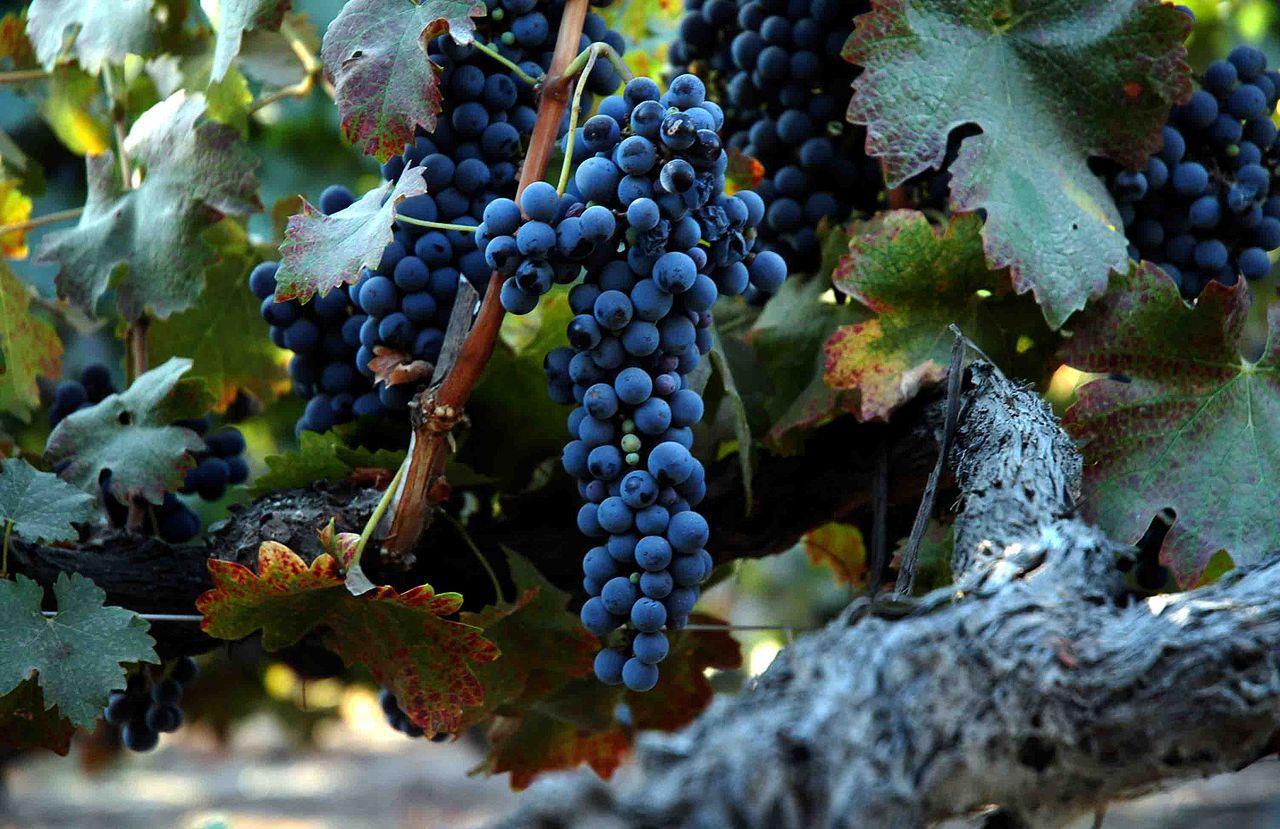
Source: Wikimedia
Grapes are loved around the world for their succulent and sweet taste. But their popularity as a wine exceeds that of a delicious snack.
Grapes Begin Taking Over the World
Speaking with USA Today, Fabiany Herrera, the new study’s lead author, explained, “The history of the common grape has long, long roots, going back to right after the extinction of the dinosaurs.”

Sourced: Wikimedia
“It was only after the extinction of the dinosaurs that grapes started taking over the world,” he added.
The Evolution of Plants After Dinosaurs
The absence of dinosaurs on the planet significantly influenced the evolution of ecosystems. One notable change was the growth of trees to towering heights, leading to the development of unique canopies.
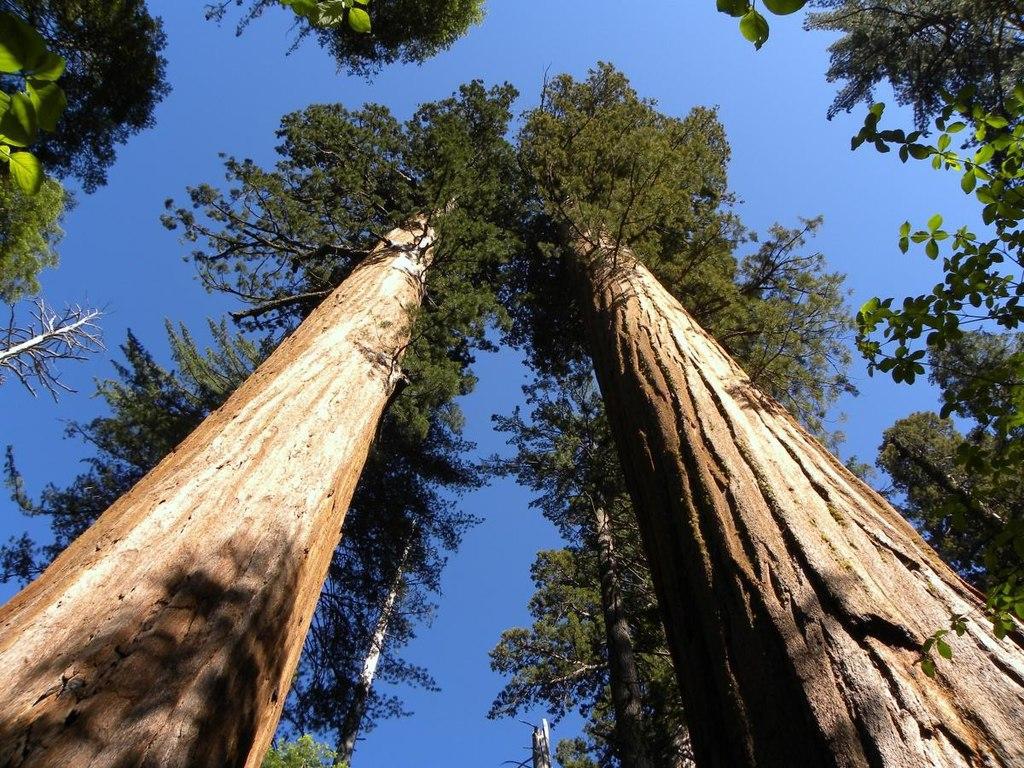
Source: Wikimedia
According to the study published in the journal Nature Plants, these changes “profoundly altered” how plants evolved, and with this came a plethora of new plant-insect interactions.
The End of the Dinosaurs' Reign Over Earth
Mónica Carvalho, a paper co-author, detailed how trees began to thrive following the end of the dinosaur’s reign on Earth.
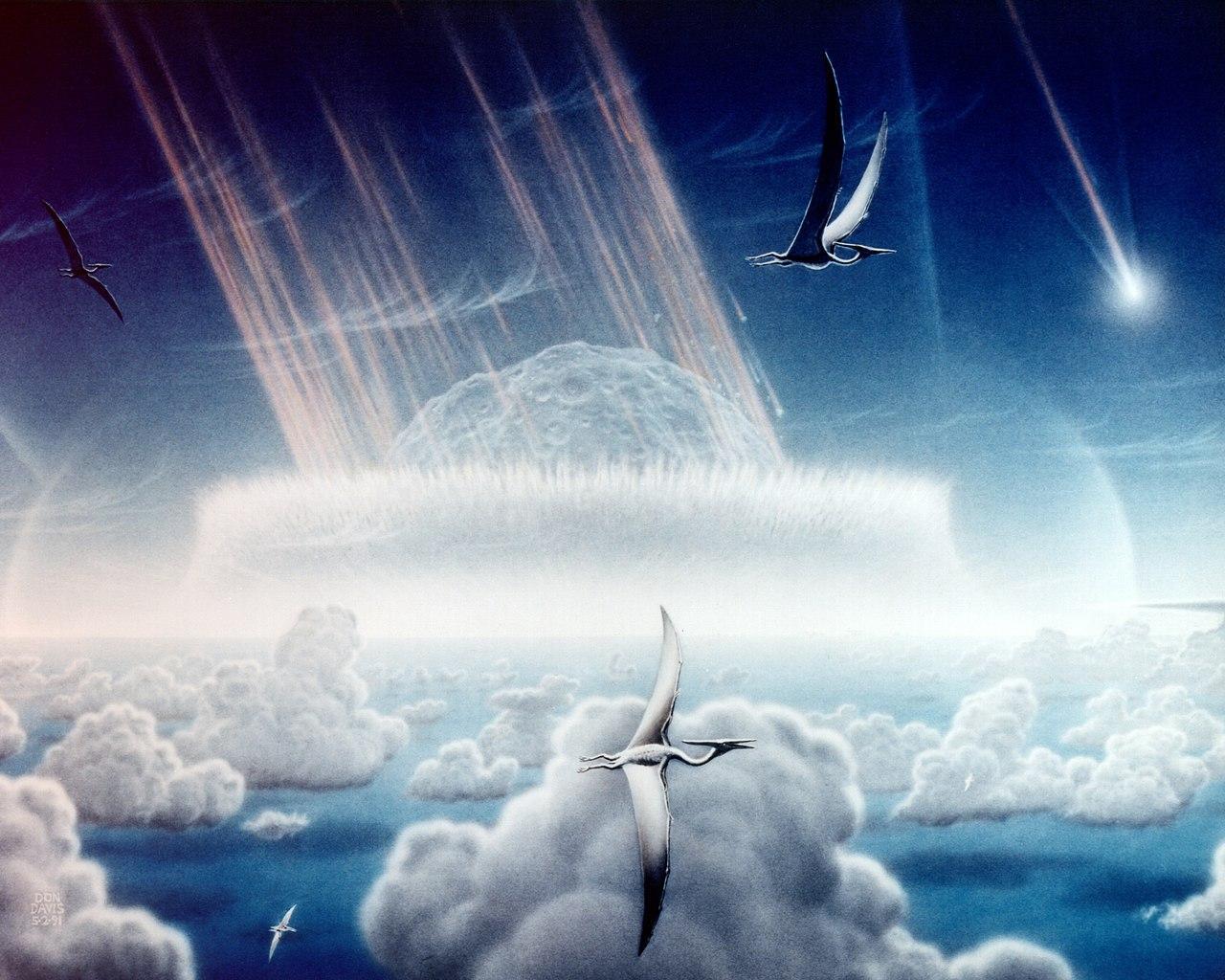
Source: Wikimedia
“Large animals, such as dinosaurs, are known to alter their surrounding ecosystems. We think that if there were large dinosaurs roaming through the forest, they were likely knocking down trees, effectively maintaining forests more open than they are today,” she said.
Grapes, Tomatoes, and Chocolate Originated in the Americas
Herrera explains that the new study has also shed valuable insight into the previous notion that grapes originated in the Western hemisphere and were only cultivated in places like Italy and Spain much later.
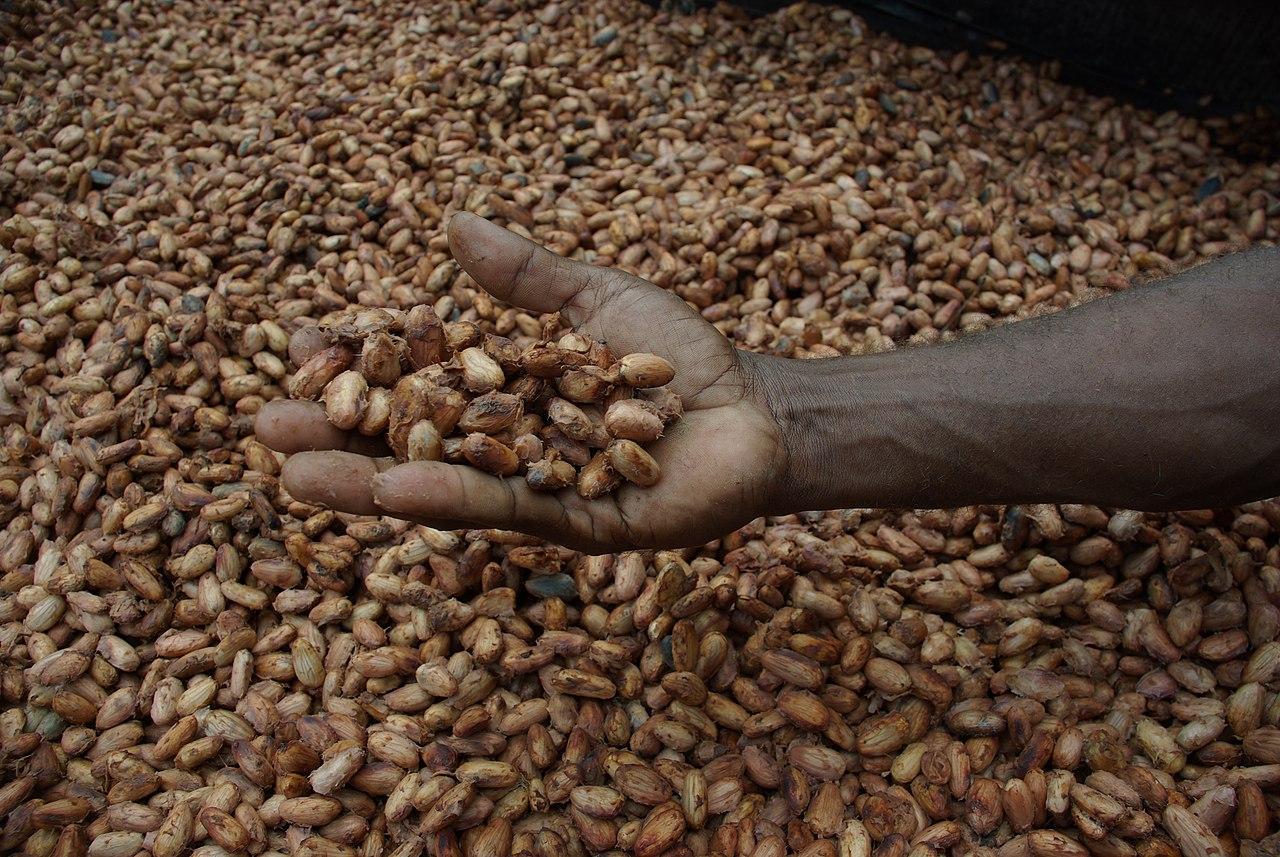
Source: Wikimedia
He added certain foods, such as corn, chocolate, tomatoes, and now grapes, all originated in the Americas and were later cultivated in other parts of the world, including Europe.
20 Years Searching for Grape Fossils in the Amazon
The researcher explains that while humans only domesticated grapes several thousands of years ago, we now know the fruit itself has an incredibly long history stretching back millions of years.
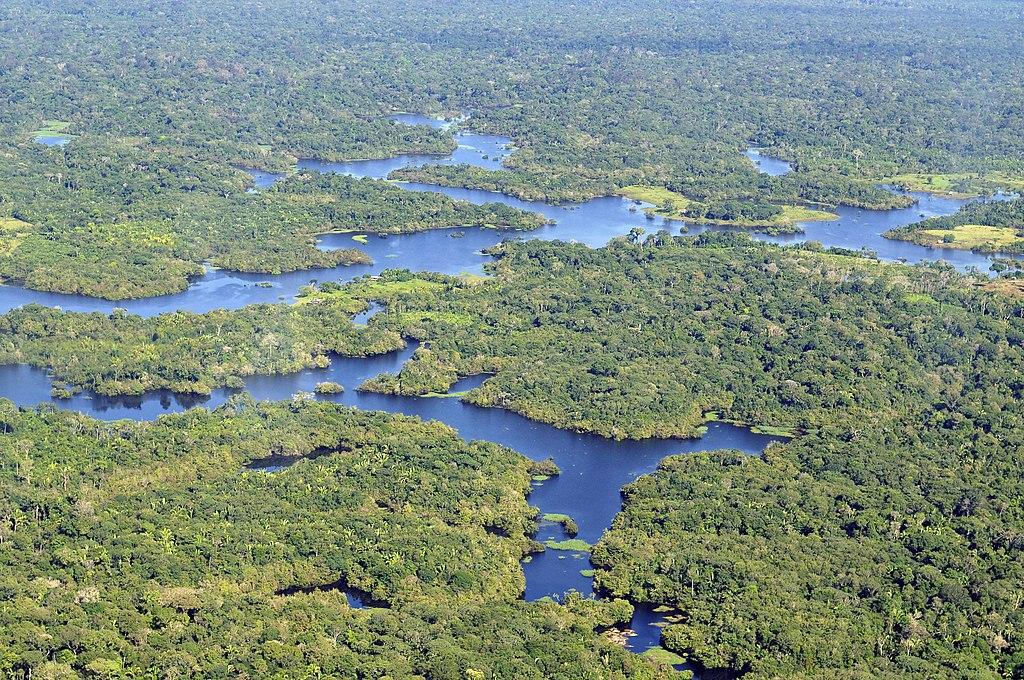
Source: Wikimedia
Herrera and colleagues have scoured the forests of Columbia, Panama, and Peru for several decades in search of grape fossils. The examples they did find no longer grow in these regions. “That tells us that the evolution of the rainforest is more complicated than we ever imagined,” Herrera said.
Searching for a Needle in a Haystack
Throughout the thick forests of Latin America, Herrera and his colleagues were essentially looking for a needle in a haystack. The fossils in question were tiny grape seeds, which they eventually stumbled upon.

Source: Wikimedia
“People tend to look for the big things, the big leaf, the big piece of fossil wood, fossilized tree, things that call the attention really quickly,” he said. “But there is also a tiny wall of plants preserved in the fossil record, and that’s one of the things that I’m just fascinated by.”
What Did the First Grapes Look Like?
According to the researchers, the first grapes to emerge were likely green or purple in color, and the shape was surprisingly similar to those of the modern era.
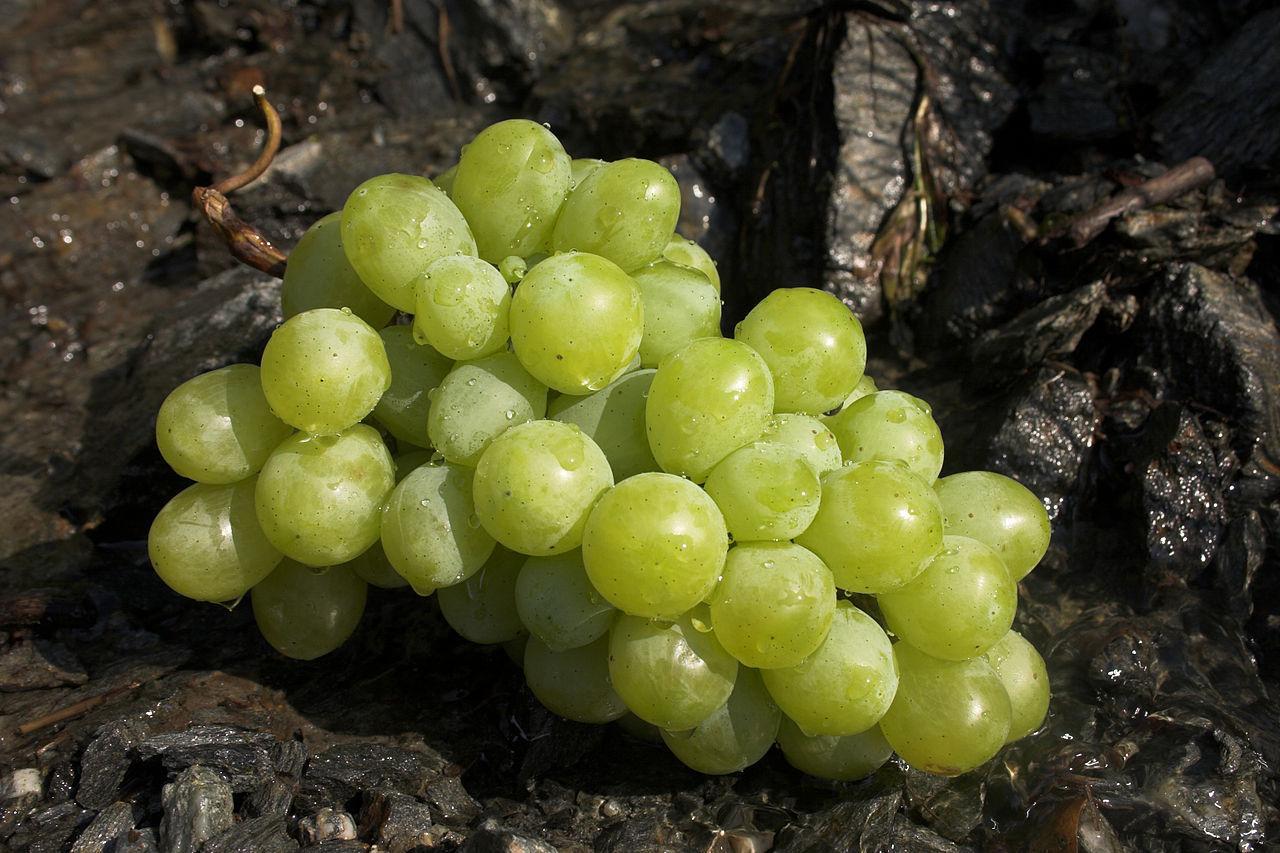
Source: Wikimedia
“The ones we see in the fossil record are not drastically different from the ones today; that’s how we were able to identify them,” Herrera said.
Tiny Grape Fossils in the Jungle
According to Herrera, identifying the tiny seeds is easy due to their unique resemblance to a tiny human face. However, finding the minuscule fossils is challenging.
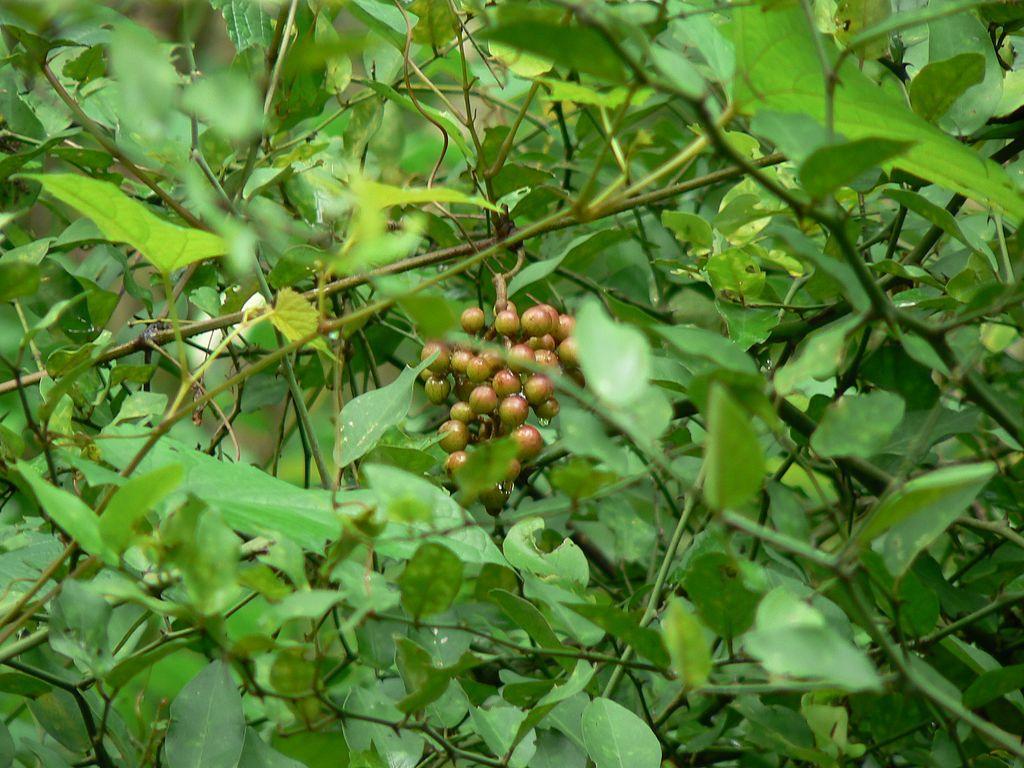
Source: Wikimedia
Speaking on their discovery, he added, “I love to find really small things because they are also very useful, and grape seeds are one of those things.”
